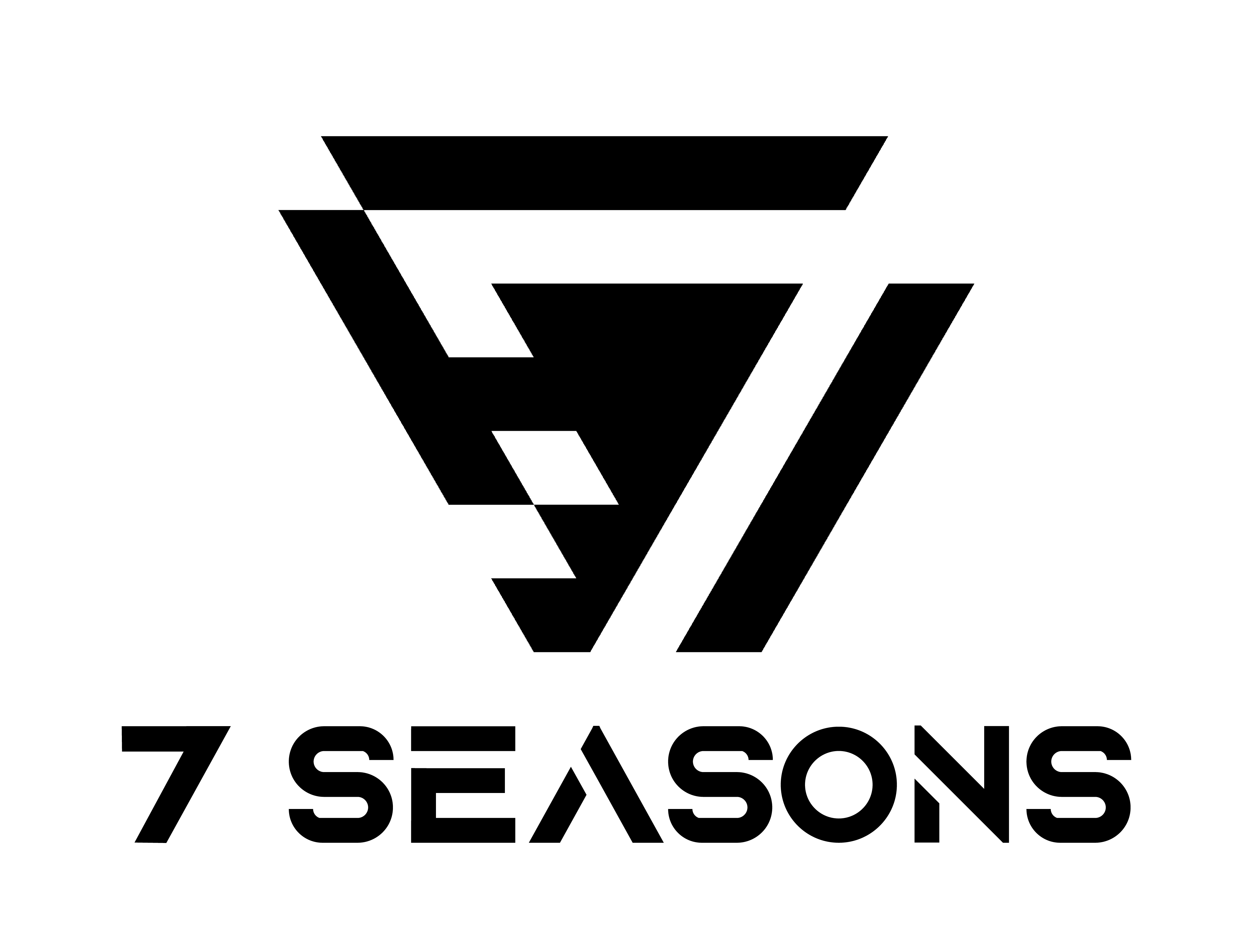The goal for week 3 was to “go wide”. This means that part of our goal for this week was still to push the bounds of our concept and see where that takes us. The other thing that defined our week was 1/4s, an event where the entire ETC teaching faculty would come by to get a sense of our project and give early feedback. Our 1/4s was on Friday, which luckily gave us the maximum time to prepare a short presentation.
Overall, our goal for the week was to keep expanding upon our idea, but also present our concept in a way that gets the faculty interested and asking questions. Working backwards, to achieve this we needed two main things: The feel of moment to moment gameplay, a key visuals to help visualize our concept. Thus, this was the first week where the project really subdivided into artist and designer teams.
Design
Prior to Monday, the design team put together a description of an environmental setting which the artists could use as a basis to start their work. Given our rough concept from the previous week, each designer came up with an environmental concept which we compared the Monday morning before the artists came in. Designers ended up settling on the conceptual visualization of the interior of the whale’s stomach, in which the stomach lining would be the ground for the worlds residents, due to this concept being the most fleshed out visually. With the setting out of the way, the designers set out to tackle the issue of pinning down the gameplay feel.
To get a grasp of the gameplay feel, the designers tried brainstorming what a singular moment would look like through a sample mission. Similar to our environment brainstorming, we used non-core hours to individually generate ideas, and then came together during core hours to discuss and synthesize. Since the setting of our game was on the inside of this giant leviathan, a lot of concepts were inspired by body systems and health issues. One of the most compelling ideas designers had was this mission about a blocked artery, in which a variety of beaver-like species block off an important river for a nearby town. The immediate mission for the player is to remove the dam, but after doing so the player is encouraged to investigate the source of the problem, and then execute on a sustainable solution.
Going through these missions helped visualize how the deign concepts and pillars would play out in an actual moment of gameplay, such as this idea of a changing environment dependent on the player’s decision.
Art
The artistic focus for this week was to create a visualization of this environment that could provide visual inspiration for the team, as well as serve as a visual focus for the upcoming 1/4s presentation at the end of the week. Specifically, we wanted to visualize the interior of the whale’s stomach, as it would be the first main exploreable area for the player and the location of the player’s main base. The artists started off this process by extending on the reference ideas and concepts given by the design team.

Based off of the shared references, Harry would work on the main concept image, while Joy would create some creatures that would be able to populate the environment.
In addition to creating visuals for the project, the art team was also tasked with creating a poster and a half sheet which ETC visitors could use to learn about our project. Yifan was in charge of the poster design, leveraging the space whale imagery in the design.

1/4s Feedback
At quarters, we presented our game concept in conjunction with design pillars and key visualizations for the faculty. With only 15 minutes of combined time for presentation and feedback for each group of faculty, 1/4s for our team was chaotic. Nevertheless, our team got a lot of value out of it. One thing that we noticed often was that many faculty were asking basic questions about our concept, such as “Is the player human”, or “how big is this whale”. This made us aware that while pursuing such a new concept, people didn’t know where they needed to latch onto in order to start gaining understanding. Another question that appeared often was what the player did. While we had the storyboards and scenario from Lochlan, we realized that explaining the exact actions that the player generally undertook was difficult, and needed identification. Finally, there was confusion that stemmed from the presentation itself. For instance, a lot of the tech faculty got held up on the word “tools” in context of production tools instead of literal tools that the player would use. There was also confusion about the scale of the creature, which stemmed from reference images of differing sizes. This made us realize the importance of testing our presentations, and would be a useful realization for our next presentation at halves.






